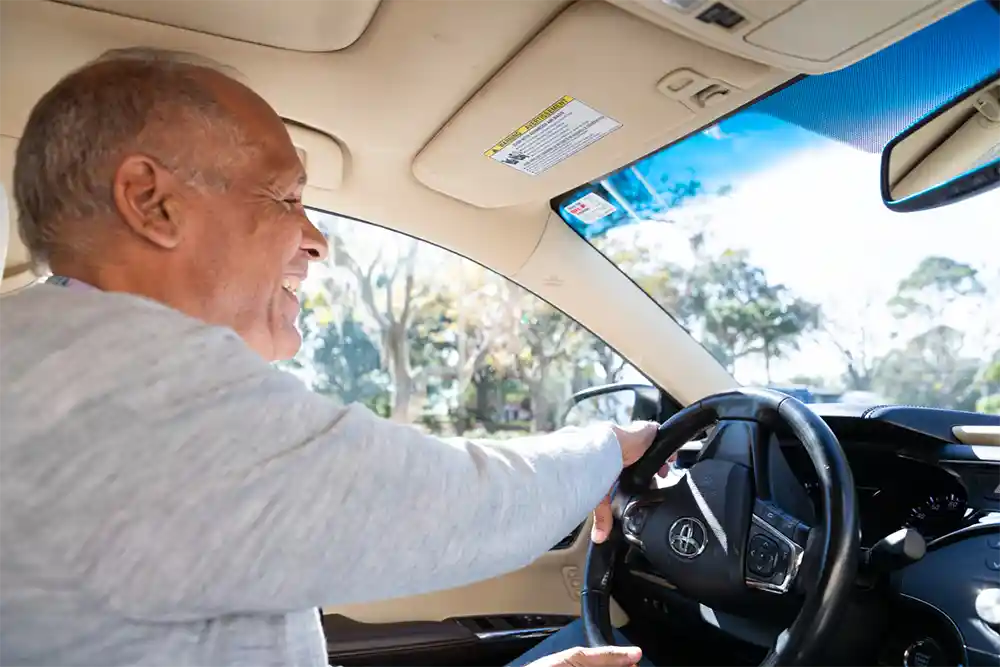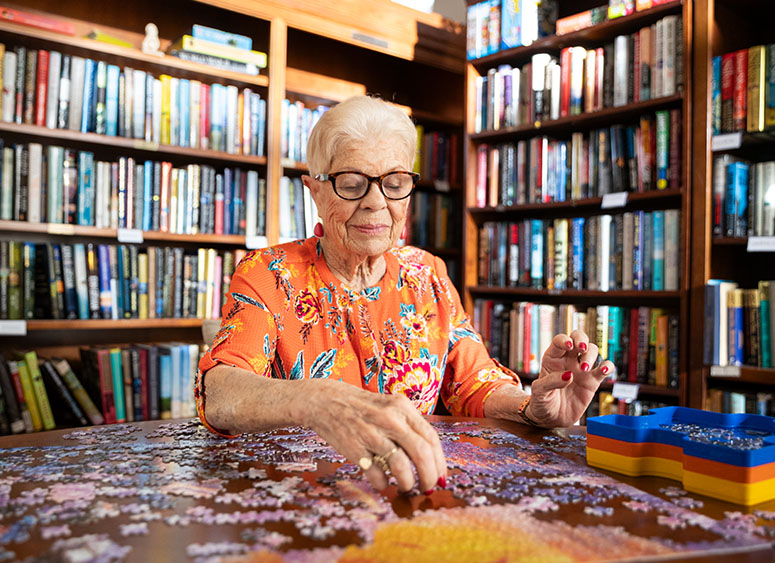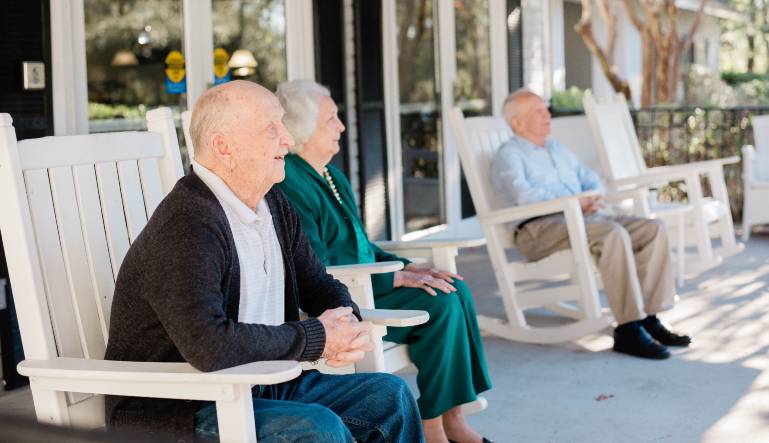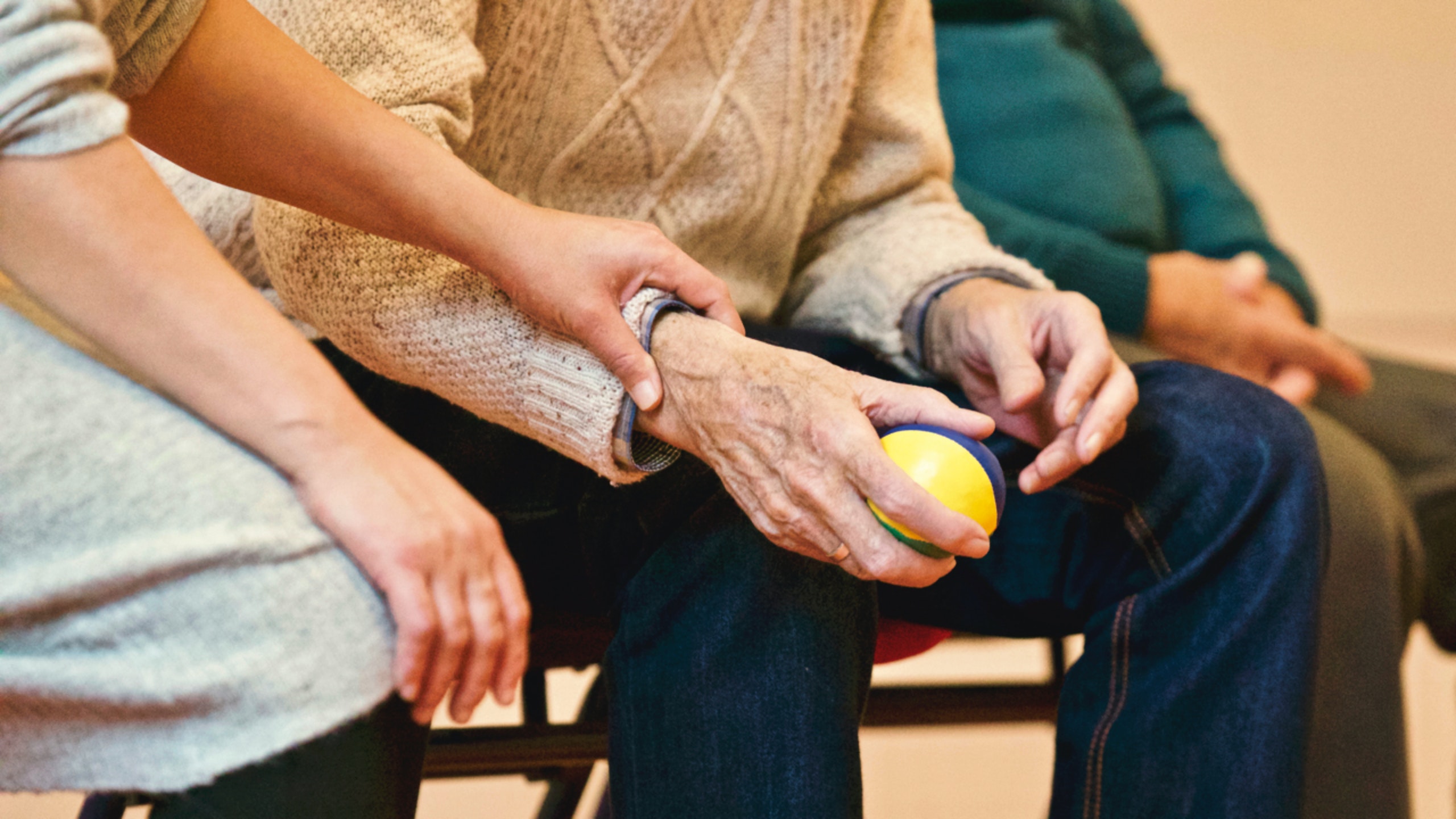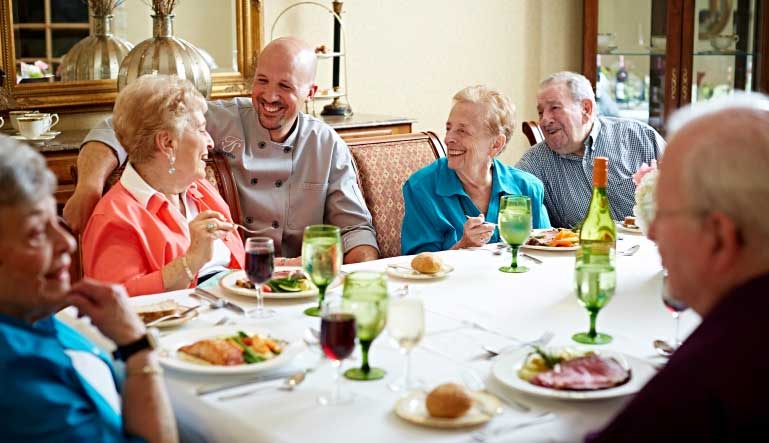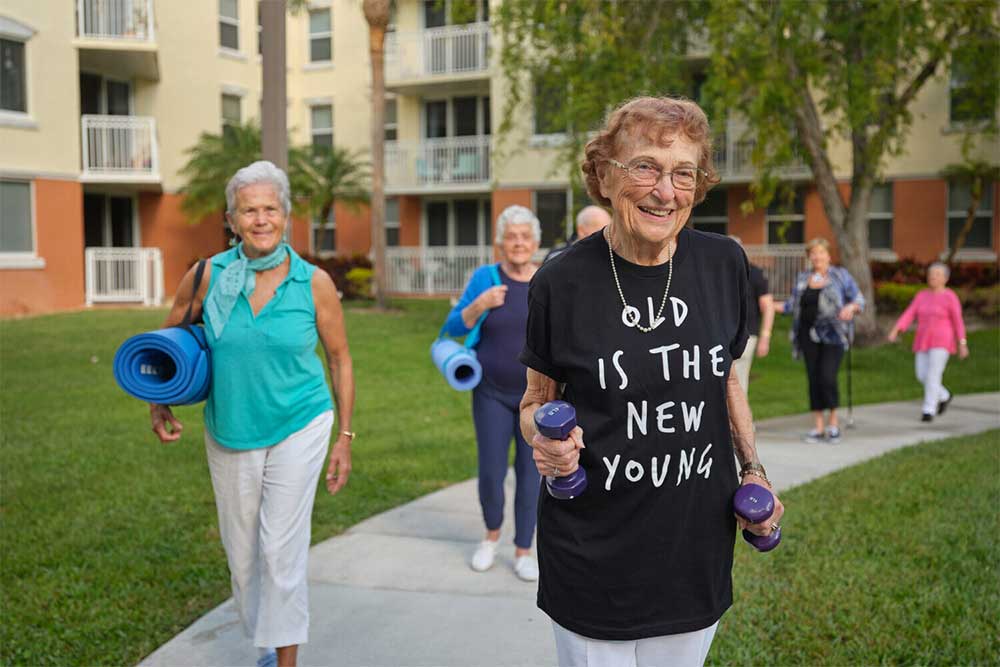The answer is simple: Yes, you can keep your car when you move into independent living.
In This Article
- Independent Living Communities Allow You to Keep Your Car
- Benefits of Keeping Your Car in Independent Living
- What Happens If I No Longer Want to Drive My Car in Senior Living?
- Selecting the Ideal Senior Living Community with Parking Options
Moving into a senior living community doesn’t mean you must give up your car. If maintaining independence behind the wheel is essential, you’ll be happy to know that many independent living communities allow and encourage residents to keep their cars. This flexibility allows you to come and go as you wish.
Independent Living Communities Allow You to Keep Your Car
Many senior communities, particularly independent living ones, are designed to maintain your freedom and independence. If having your car is essential to your lifestyle, you’ll have the flexibility to bring it.
Driving allows seniors to maintain control over their schedules. Whether you enjoy spontaneous trips to the park, prefer grocery shopping at a specific time of day, like to meet up with friends at your favorite restaurants, or have doctor appointments on the calendar, having your car makes all that possible.
While senior living communities offer many services to make life easier—like scheduled transportation, on-site dining, recreation, and wellness programs—there’s nothing quite like the freedom to get behind the wheel and head out on your own terms. Fortunately, the transportation options provided in senior living communities offer the best of both worlds. Residents can continue to drive when they prefer, but also have the flexibility to rely on scheduled transportation when driving might be less convenient or desirable.
This flexibility means residents don’t have to choose between independence and convenience—they can enjoy both. For example, if you’d rather avoid driving at night or in poor weather, community transportation services are available to step in. Similarly, for doctor’s appointments where extra support is helpful, residents can use scheduled rides to ensure a stress-free experience. This blend of options makes it easy for residents to stay active, get where they need to go, and make the most of each day.
Additionally, many communities offer ample parking options, including designated parking spaces for residents. Some even provide covered parking to protect your car from the elements, which can be especially beneficial in areas with extreme weather conditions. Knowing that your car is safely parked can give you peace of mind and boost your overall experience in senior living.
Benefits of Keeping Your Car in Independent Living
For many older adults, driving represents more than just transportation—it symbolizes independence, control, and a sense of freedom. Here’s why keeping your car can be an essential part of your senior living experience:
1. Freedom to Explore on Your Terms
Keeping your car means you’re in control of your schedule. Whether you want to enjoy a day trip to a nearby town or enjoy a weekend getaway, your car makes it easy to explore beyond the community.
2. Stay Connected with Family and Friends
Maintaining relationships with your loved ones is essential for emotional well-being. With a car, you can visit friends and family anytime without coordinating rides or waiting for transportation services.
3. Convenience for Daily Errands
Having a car allows you to run errands when it suits you. You can keep shopping at your favorite stores, keep medical appointments, and attend community events off-site without depending on others.
Driving aids, such as rear view cameras or steering wheel grips, can also make it easier for seniors to stay behind the wheel, and stay safe while doing so.
What Happens If I No Longer Want to Drive My Car in Senior Living?
While many seniors enjoy driving well into retirement, there may come a time when you no longer want to drive, feel comfortable behind the wheel, or want the responsibility and expenses that comes with car ownership. The great news is that alternative transportation options do exist.
Shuttle Services and Transportation Assistance For Seniors
Many senior living communities provide shuttle services to local destinations, such as grocery stores, shopping centers, and medical facilities. These shuttles may either run on regular schedules or by request, giving residents access to essential services and social outings without the stress of driving.
For those who want more flexibility, ride-share services like Uber or Lyft are typically reliable options for seniors. Some senior living communities even offer assistance with ride-share services, ensuring residents can access transportation when needed.
Some communities also partner with local transportation providers to ensure residents have additional options when needed, making it easy to plan personal outings. Whether it’s a shuttle, a ride-share service, or a private car, these alternatives ensure reliable transportation for seniors when needed.
If you decide to stop driving, the transition can feel overwhelming, but with these services in place, it becomes much more manageable. You’ll still have the independence to go where you want—just without the hassle of owning a car.
Selecting the Ideal Senior Living Community with Parking Options
Finding a senior living community that matches your wishlist, including transportation needs and preferences is essential when exploring senior living options. Here are a few tips for choosing the right community:
- Ask About Parking: Inquire about parking, where it’s located, and whether covered parking is available to protect your vehicle from the elements.
- Check Proximity to Local Destinations: When researching senior living communities consider the distance from the community to places you regularly visit like friends and family, stores, doctors offices, restaurants, etc. Take into consideration not just the distance, but the ease of the drive.
- Explore Shuttle and Transportation Services: Ask about the community’s transportation offerings, including shuttle services, and partnerships with ride-share providers or local organizations.
- Tour the Community in Person: During your tour, pay attention to the parking layout and accessibility.
Keeping your car in a senior living community offers freedom, flexibility, and independence. If you want to be connected with loved ones, explore your surroundings, or run errands at your convenience, having a car makes it all possible. Even if the time comes when you no longer wish to drive, senior living communities provide shuttle services and other transportation options to ensure you remain active and connected.
Ready to explore your senior living options? Find a Five Star Senior Living community near you to get started!

